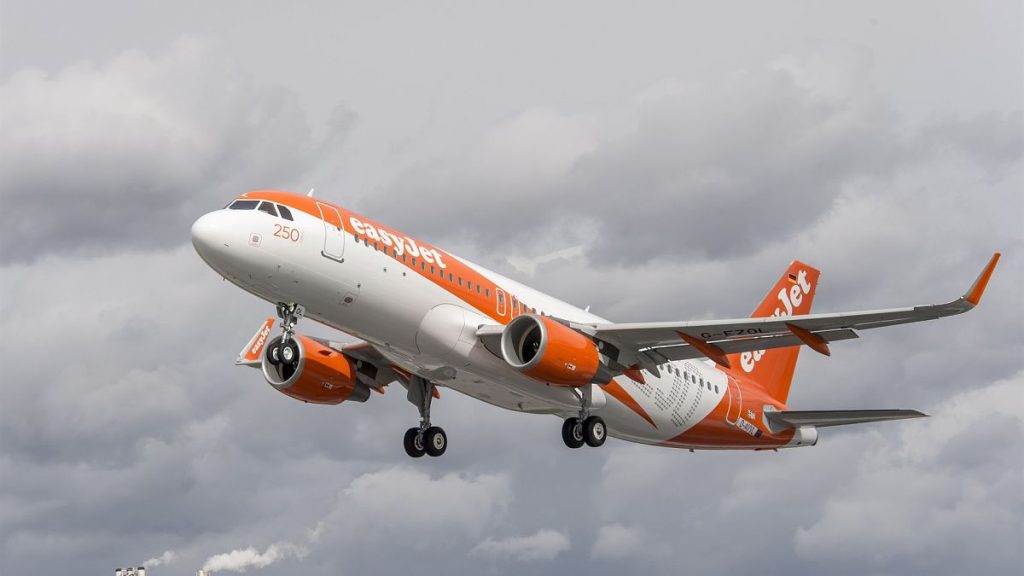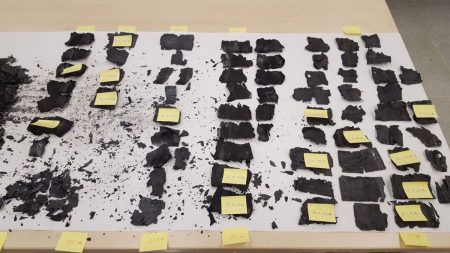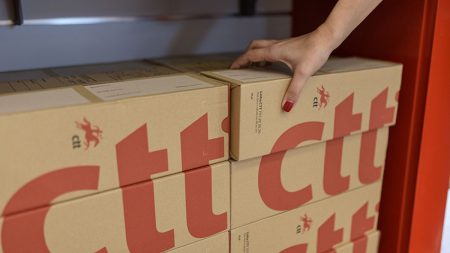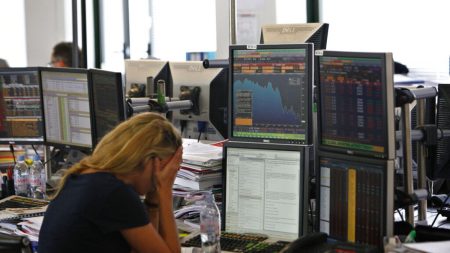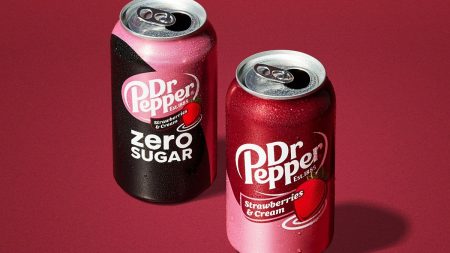EasyJet, the UK-based budget airline, is embarking on a significant initiative to reduce its environmental footprint and operational costs by implementing a new lightweight paint system for its aircraft. This innovative approach, developed in collaboration with Mankiewicz Aviation Coatings, involves reducing the number of paint coats required to achieve the airline’s signature orange and white livery. While seemingly a minor alteration, the cumulative impact of this change across EasyJet’s entire fleet is projected to be substantial, resulting in considerable fuel savings and a reduction in carbon emissions.
The new paint system, already tested on 38 aircraft, is anticipated to decrease the weight of each plane by approximately 27 kilograms. This seemingly modest weight reduction translates into a significant fuel saving of approximately 1,296 tonnes annually once the entire fleet adopts the new painting method. In a highly competitive aviation market, where fuel costs represent a substantial portion of operating expenses, these savings can contribute to improved profitability and allow EasyJet to maintain its competitive edge. The initiative aligns with the broader industry trend towards sustainability and underscores EasyJet’s commitment to minimizing its environmental impact.
Beyond the immediate financial benefits, the lightweight paint system contributes to EasyJet’s broader sustainability strategy. The airline recognizes the aviation industry’s contribution to greenhouse gas emissions and is actively seeking ways to mitigate its environmental impact. The reduced weight of the aircraft, achieved through the new painting method, contributes directly to lower fuel consumption, thus reducing the airline’s carbon footprint. This initiative reflects a growing awareness within the aviation sector of the need for sustainable practices and demonstrates EasyJet’s proactive approach to environmental responsibility.
EasyJet’s commitment to sustainability extends beyond the implementation of the new paint system. The airline is actively pursuing a multi-pronged approach to reduce its environmental impact, encompassing operational efficiencies, fleet renewal, and airspace modernization. Improving operational efficiency involves optimizing flight routes, reducing taxiing times, and implementing more fuel-efficient flight procedures. Fleet renewal focuses on acquiring newer, more fuel-efficient aircraft, further reducing the airline’s carbon emissions. Airspace modernization involves advocating for more efficient air traffic management systems that minimize delays and optimize flight paths, leading to further fuel savings.
The adoption of the new paint system is part of a broader industry trend towards lightweighting in aircraft design and operation. Airlines are increasingly exploring various methods to reduce aircraft weight, from using lighter materials in construction to optimizing cabin configurations. Every kilogram saved translates into fuel savings and reduced emissions, making lightweighting a crucial aspect of achieving sustainability goals in the aviation industry. EasyJet’s proactive approach to lightweighting, exemplified by the new paint system, positions the airline as a leader in this crucial area.
The successful implementation of the lightweight paint system and other sustainability initiatives is crucial for EasyJet’s long-term success. The airline has faced recent operational challenges, including flight delays, cancellations, and cabin crew strikes, which have impacted its performance. However, despite these challenges, EasyJet has demonstrated resilience, reporting increased annual profits and record passenger numbers. By continuing to invest in sustainable practices, EasyJet can further enhance its operational efficiency, reduce costs, and strengthen its position in the competitive aviation market. This commitment to sustainability not only benefits the environment but also contributes to the airline’s long-term financial viability and brand reputation.




